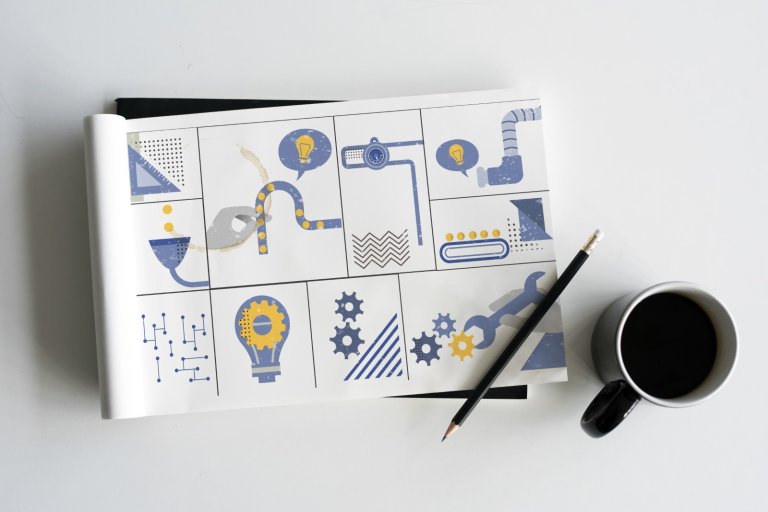Further strengthening its technology capabilities in the Asia Pacific region
NEWARK, Calif. (Sep. 3, 2025) – Concentrix Corporation (NASDAQ: CNXC), a global technology and services leader, today announced its acquisition of SAI Digital— an end-to-end digital commerce and customer experience (CX) technology solutions company— scaling its presence in Vietnam as a strategic hub to deliver innovation and intelligent experiences for global brands.
SAI Digital brings deep expertise in e-commerce and technology solutions—designing, building, and running platforms that scale. It has strategic partnerships with leading technology providers in digital commerce and CX, complemented by a proprietary AI solution suite to accelerate online businesses. The company has a strong presence in the Asia Pacific (APAC) region and an established delivery center in Vietnam that supports clients across Japan, Korea, Singapore and more.
By integrating SAI Digital into its APAC business, Concentrix is boosting its digital and AI capabilities across digital commerce and customer experience. The move deepens its regional expertise in technology, AI, and marketing, providing Concentrix clients with enhanced offerings and intelligent solutions to optimize e-commerce performance, elevate customer experiences, and fuel digital growth. Concentrix has seen strong growth in the APAC region and bringing SAI Digital on board is expected to accelerate that momentum even further.
“This acquisition isn’t just about adding new capabilities—it’s about creating more value for our clients.” said Chris Caldwell, President and CEO, Concentrix. “By expanding in Vietnam, we’re strengthening our ability to deliver world-class technology and end-to-end solutions at speed and scale across APAC. It positions us to help our clients innovate faster, run smarter, and power the intelligent experiences their customers expect.”
“This is an exciting chapter in the SAI Digital journey and together we will bring greater benefits to our clients, faster.” said Suhas Hiwale, CEO, SAI Digital. “Our vision has always been to empower brands to reshape the present, so they can confidently lead the future, and as our long-term partner, we knew that Concentrix was the right choice to accelerate that vision.”
Terms of the transaction were not disclosed.
About us: Powering a World That Works
Concentrix Corporation (NASDAQ: CNXC), a Fortune 500® company, is the global technology and services leader that powers the world’s best brands, today and into the future. We’re solution-focused, tech-powered, intelligence-fueled. Every day, we design, build, and run fully integrated, end-to-end solutions at speed and scale across the entire enterprise, helping over 2,000 clients solve their toughest business challenges. With unique data and insights, deep industry expertise, and advanced technology solutions, we’re the intelligent transformation partner that powers a world that works, helping companies become refreshingly simple to work, interact, and transact with. Delivering outcomes unimagined across every major vertical in 70+ markets. Virtually everywhere. Visit concentrix.com to learn more.
Media Contact:
Marketing & Communications
Concentrix Corporation
media@concentrix.com
From Fortune. ©2025 Fortune Media (USA) Corporation. All rights reserved. Used under license. Fortune and Fortune 500 are registered trademarks of Fortune Media (USA) Corporation and are used under license. Fortune and Fortune Media (USA) Corporation are not affiliated with, and do not endorse products or services of, Concentrix.
Safe Harbor Statement
This news release includes forward-looking statements within the meaning of Section 27A of the Securities Act of 1933, as amended and Section 21E of the Securities Exchange Act of 1934, as amended. Forward-looking statements include, but are not limited to, statements regarding the company’s and SAI Digital’s capabilities, the company’s growth in APAC, the potential benefits associated with use of the company’s and SAI Digital’s AI and other solutions, including e-commerce performance, customer experience and digital growth, and statements that include words such as believe, expect, may, will, provide, could and should and other similar expressions. These forward-looking statements are inherently uncertain and involve substantial risks and uncertainties that could cause actual results to differ materially from those expressed or implied by such statements. Risks and uncertainties include, among other things, risk related to the ability to successfully integrate the SAI Digital business, risks related to general economic conditions, risks related to the company’s ability to successfully execute its strategy, competitive conditions in the company’s industry, and other factors contained in the Company’s Annual Report on Form 10-K for the fiscal year ended November 30, 2023 filed with the Securities and Exchange Commission and subsequent SEC filings. We do not undertake a duty to update forward-looking statements, which speak only as of the date on which they are made.
Copyright © 2025 Concentrix Corporation and its subsidiaries. All rights reserved. Concentrix, the Concentrix logo, and all other Concentrix company, product, and services word and design marks and slogans are trademarks or registered trademarks of Concentrix Corporation and its subsidiaries. Other names and marks are the property of their respective owners. All rights reserved.
*** END****



.jpg)

.jpg)


